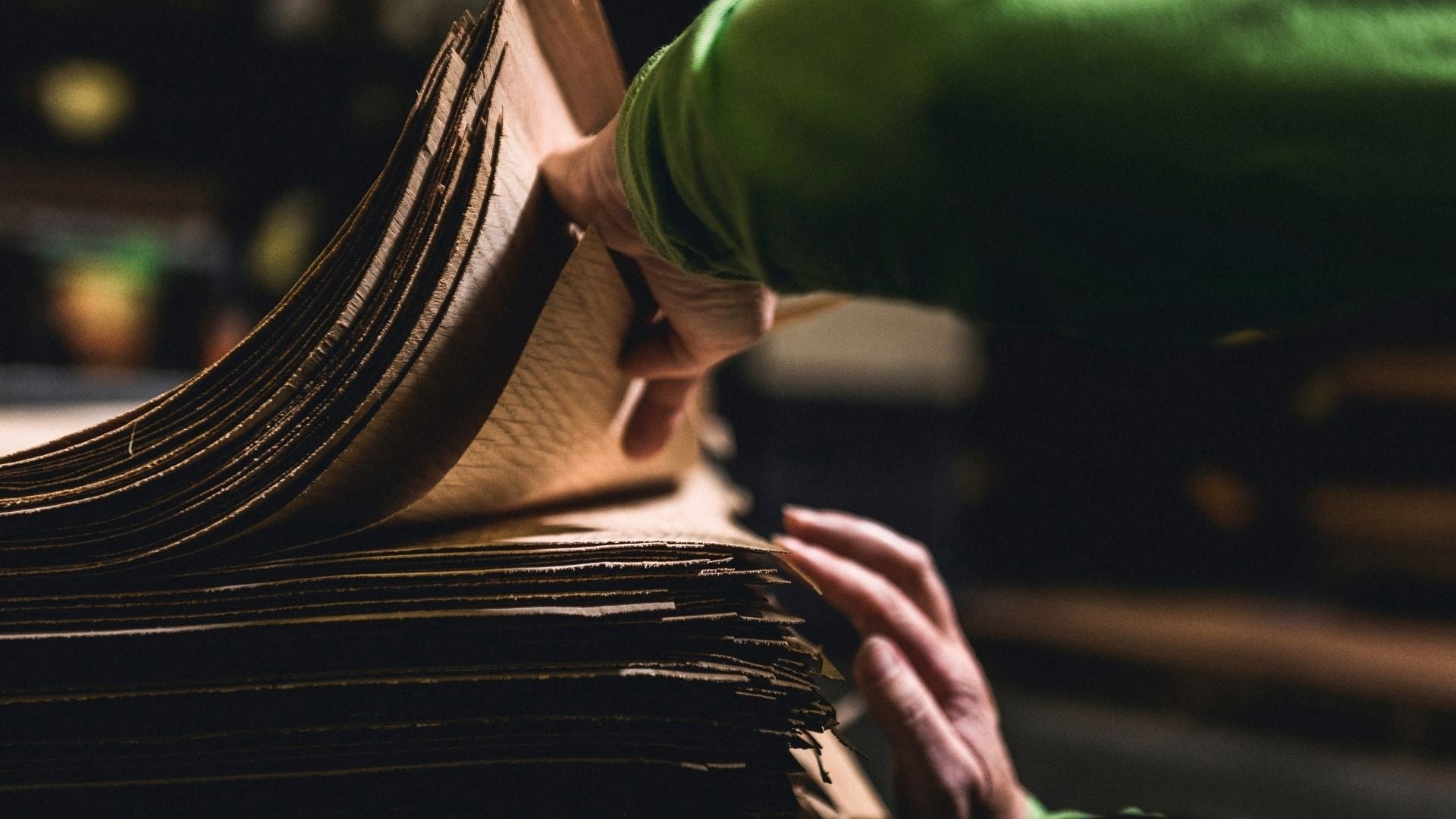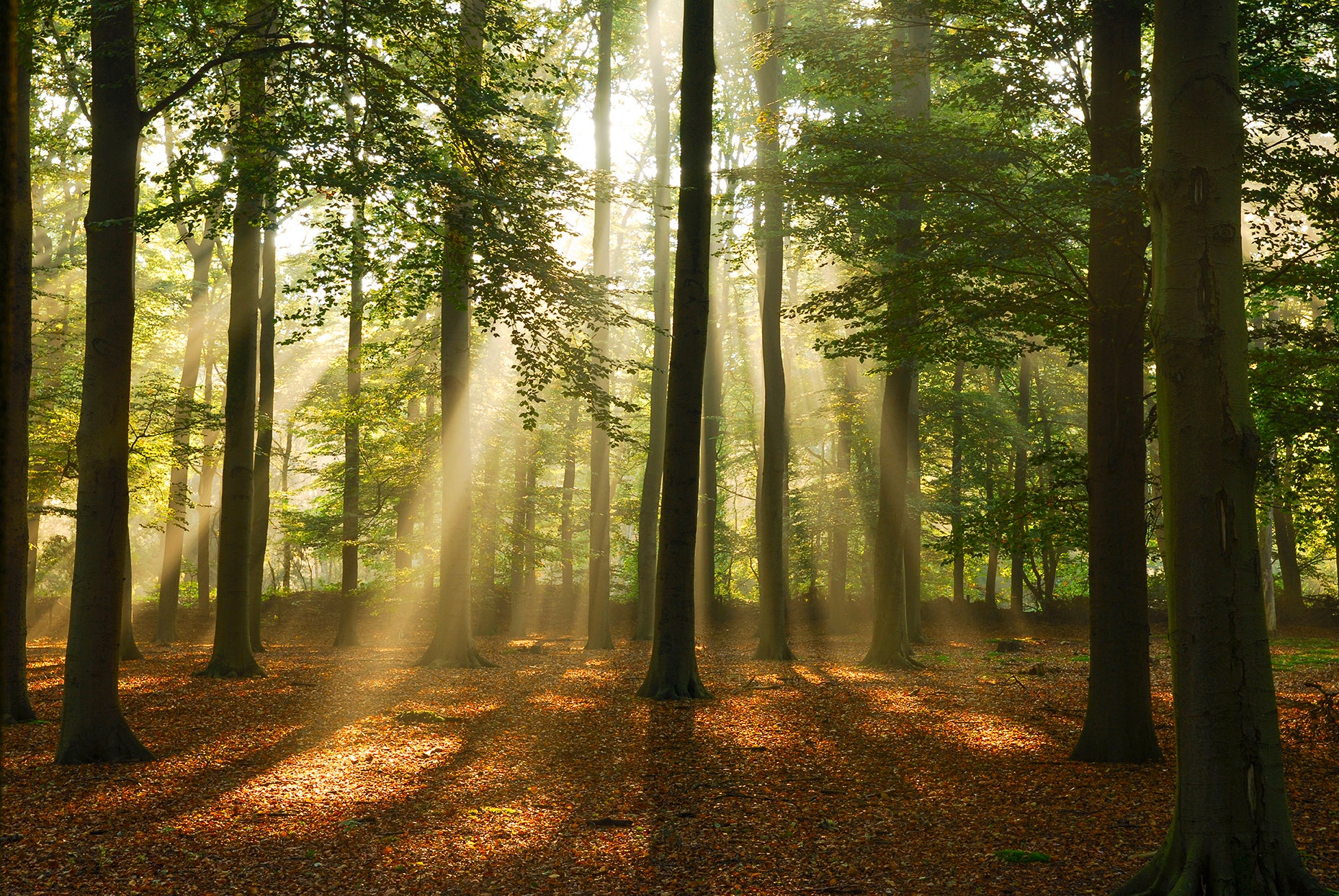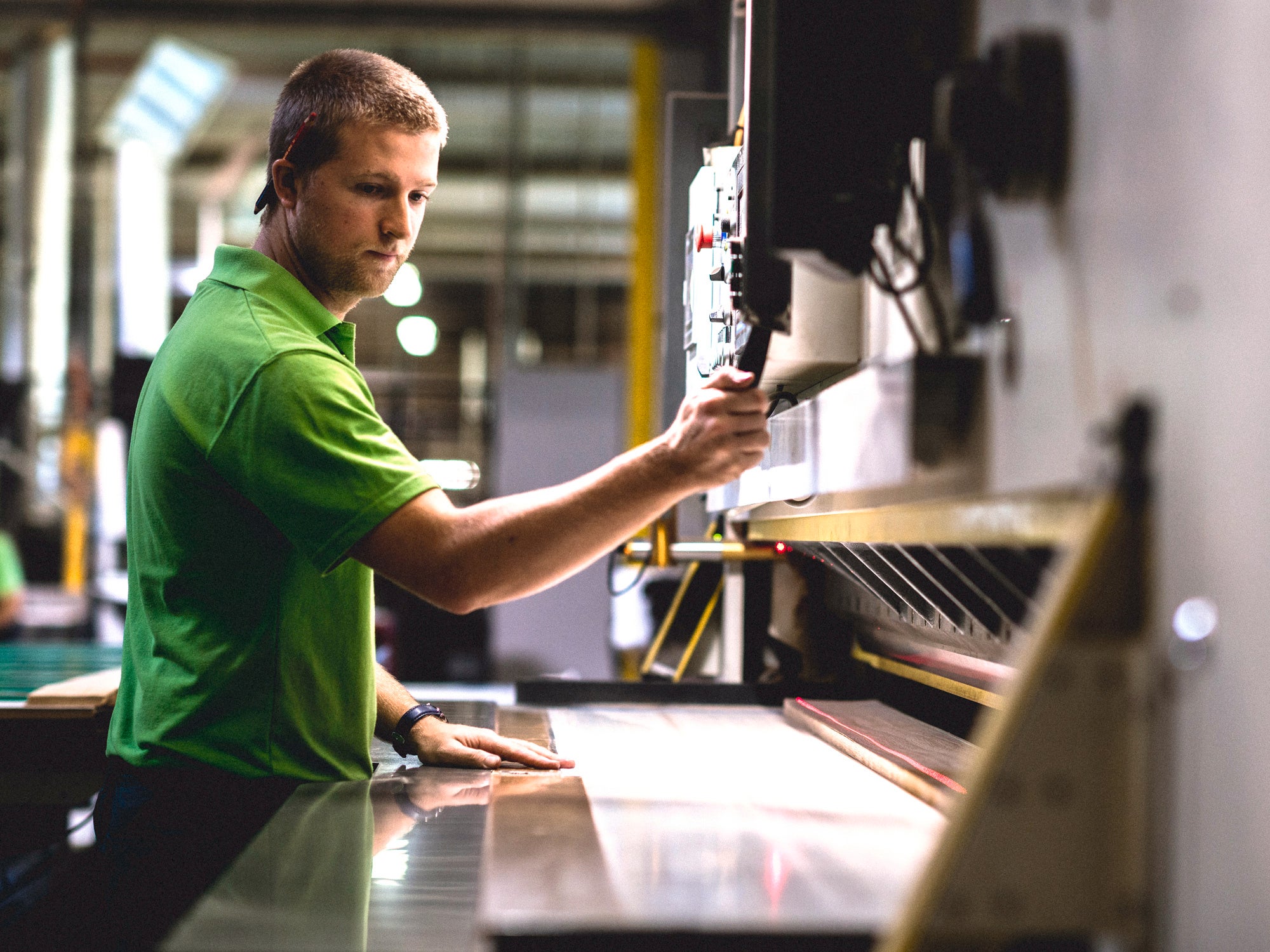
- date
23 March 2022
- tag
Why wood
Pictures section

It takes 100 years. That is how long it takes for an oak log to become thick enough to be optimally processed into veneer. During that time, the growing forest roughly passes through three major phases: the young phase, the stem exclusion phase and the tree phase. Throughout the growth process, the trees are managed to ensure healthy growth and optimal biodiversity. Young trees are thinned out to create the right spread and light. Shooting stems are pruned in a controlled way to get “error-free” wood. Subsequently, the growing trees are kept healthy with a great deal of expertise. This is a very time-consuming and complex activity that ultimately ensures an annual growth of 5 to 8 m³ per hectare. This growth is also the annual felling limit per hectare.
The forests that provide our veneer are certified, which means that they are managed by authorised forestry experts. And their priority is strict environmental care and the protection of biodiversity. The felling is also very targeted and carried out with a great deal of expertise. For example, felling does not take place all year round, but mainly during the winter. Because this is the season when the chance of mould and rot is at its lowest. To prevent damage, manual felling is preferred over machine felling. This sustainable approach also means, of course, that wood is not an endless raw material that can be mined à la carte at the request of the market. In the case of rarer, exotic types of wood, this environmentally friendly approach can unfortunately even lead to temporary supply stops from the forests. Because sustainable growth is always given the highest priority.
Only the best is good enough
And finally, there is Decospan's strict selection procedure. Because we don't make it any easier for ourselves. All joking aside, root rot, frost damage and asymmetrical trunk shapes are always a no-go for veneer. As a result, only a fraction of the available trunks are actually suitable for use as veneer. The wood of a fully grown tree is divided into three categories: the trunk, the branch wood and the crown wood (the finer branches). Only the lower part of the trunk is considered for veneer, the rest is used as sawn wood or processed into paper, boards, pellets or biomass. In other words, only the best wood is good enough for our veneer. But it is cut so finely and skilfully that we get the absolute maximum out of it. It all goes to show how great our love for wood really is.
Pictures section

